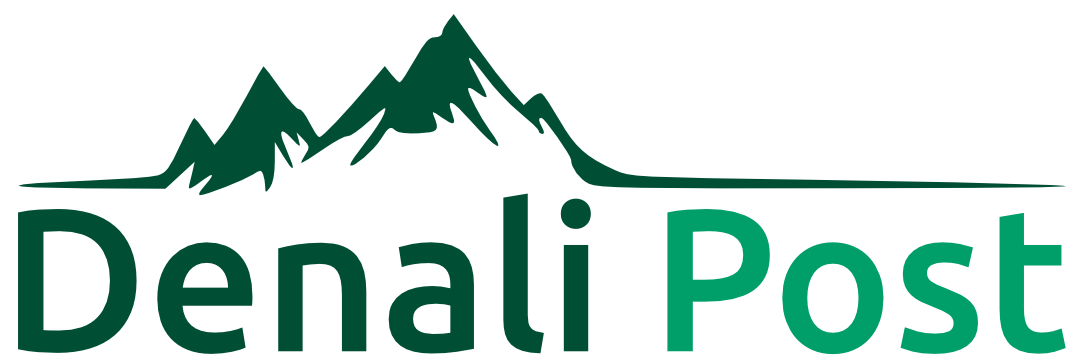WASHINGTON, May 26 (Reuters) – U.S. consumer spending increased more than expected in April, boosting the economy’s growth prospects for the second quarter, and inflation picked up, which could prompt the Federal Reserve to raise interest rates again next month.
The growth picture was further brightened by other data from the Commerce Department on Friday showing a surprise rebound last month in orders of manufactured non-defense capital goods excluding aircraft, a closely watched proxy for business spending plans.
The reports added to labor market resilience, a rebound in factory production and pickup in business activity in suggesting that the economy was experiencing a spring revival after hitting a speed bump in the first quarter. They also increased the chances that the U.S. central bank would hike rates next month.
Minutes of the Fed’s May 2-3 policy meeting, which were published on Wednesday, showed policymakers “generally agreed” that the need for further rate hikes “had become less certain.”
“Companies and consumers are in agreement that there are plenty of green shoots to like at the start of springtime and right now the economy is miles and miles away from the cliffs of recession,” said Christopher Rupkey, chief economist at FWDBONDS in New York. “Fed officials won’t be able to pause their rate hikes, it looks like demand is picking up, not slowing down as it is supposed to do when the Fed hikes rates.”
Consumer spending jumped 0.8% last month. Data for March was revised up to show spending gaining 0.1% instead of being unchanged as previously reported. Economists polled by Reuters had forecast consumer spending, which accounts for more than two-thirds of U.S. economic activity, would rise 0.4%.
Consumers stepped up purchases of new light trucks and spent more on pharmaceutical products. Spending on goods rebounded 1.1% after two straight monthly declines.
Services outlays increased 0.7%, lifted by gains in financial services and insurance as well as healthcare, recreation and housing and utilities.
Last month’s surge in consumer spending tempered economists’ expectations for a sharp slowdown this quarter. Though consumer spending accelerated at its fastest pace in nearly two years in the first quarter, much of the growth was concentrated in January. Weakness in February and March set consumer spending on a lower growth trajectory heading into the second quarter.
Consumer spending is being supported by strong wage gains in a tight labor market. Wages increased 0.5% after rising 0.3% in March. That helped lift personal income by 0.4% after a gain of 0.3% in March. Growth estimates for the second quarter are currently as high as a 2.9% annualized rate. The economy grew at a 1.3% pace in the first quarter.
U.S. stocks opened higher. The dollar fell against a basket of currencies. U.S. Treasury prices were mixed.
FOCUS ON FED
The current pace of consumer spending is, however, unlikely to be sustained as Americans grow weary of inflation.
Government social benefits are also dwindling and most lower-income households are believed to have depleted the savings accumulated during the COVID-19 pandemic. The saving rate fell to 4.1% in April from 4.5% in March.
Credit has also become more expensive following 500 basis points worth of rate increases from the Fed since March 2022, when it embarked on its fastest monetary policy tightening campaign since the 1980s to tame inflation.
Banks are also tightening lending following the recent financial market turmoil.
The personal consumption expenditures (PCE) price index increased 0.4% in April after rising 0.1% in March. In the 12 months through April, the PCE price index increased 4.4% after advancing 4.2% in March.
Excluding the volatile food and energy components, the PCE price index was up 0.4% after a 0.3% rise in March. The so-called core PCE price index climbed 4.7% on a year-on-year basis in April after gaining 4.6% in the 12 months through March. The Fed tracks the PCE price indexes for its 2% inflation target.
Financial markets saw a nearly 60% chance of the Fed raising its policy rate by another 25 basis points at the June 13-14 meeting, according to CME Group’s FedWatch Tool.
“With signs of accelerating inflation, strengthening consumption, and a strong labor market, the decision to pause could be pushed to July,” said Chris Low, chief economist at FHN Financial in New York.
In another report on Friday, the Commerce Department said orders for non-defense capital goods excluding aircraft surged 1.4% last month after falling 0.6% in March, confounding economists who had expected a 0.2% drop.
Shipments of these so-called core capital goods rebounded 0.5% after slipping 0.2% in March. Core capital goods shipments are used to calculate equipment spending in the gross domestic product measurement.
Last month’s rebound in both orders and shipments raised cautious optimism that business spending on equipment would recover this quarter after posting back-to-back declines for the first time since 2020.
Source : Reuters


